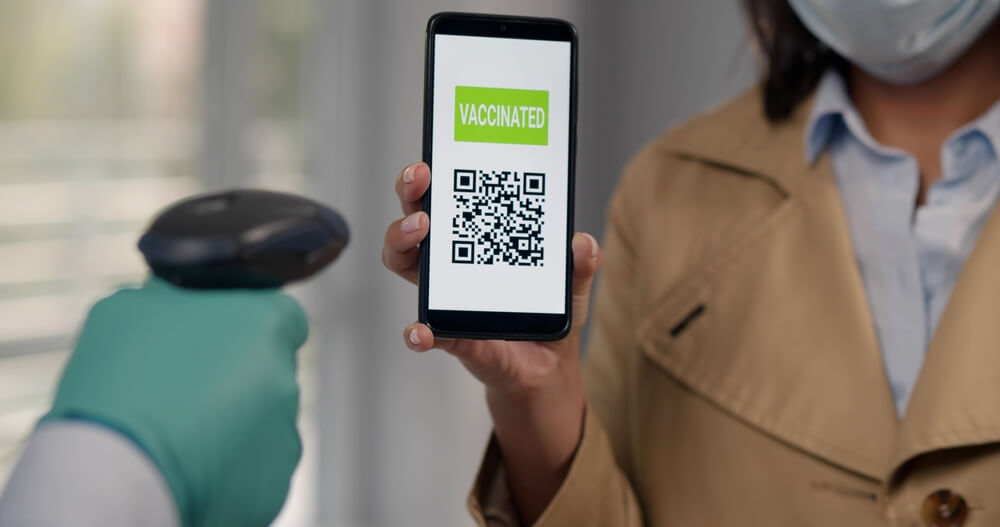Today’s consumers want instant access and convenience for their services – and QR codes are the way to offer that. These codes allow healthcare providers to meet these needs with immediate interaction with physicians through a smartphone or tablet. A few codes, placed strategically, can also work wonders for marketing purposes.
Here are 6 ways QR codes can benefit medical practices:
- Marketing
QR codes can be placed in the following marketing materials, both traditional and digital:
Traditional
- Exam and waiting room posters
- Newsletters and flyers – You can easily create professional flyers using an online flyer maker.
- Educational materials
- Print advertisements
- Outdoor billboards
- Medical publications and journals
Digital
- Physician bios
- Emails
- Online advertisements
- LinkedIn and Facebook pages
- Location maps
- Contact us page
- Patient Identity Management
Patient identity management is crucial to proper continuity of healthcare and achieving the best patient outcomes. QR codes can help avoid mistakes with serious consequences, such as misdiagnosis, medication errors, or testing errors. Providers can simply scan the code with their smartphone cameras to access critical patient information, including:
- Name, DOB, gender, etc.
- Health history
- Medical records
- Vaccination records
- Emergency contacts
- Current medications and dosage
- Admission and discharge information
- Aftercare instructions
- Lab results
With the healthcare industry embracing the infinite possibilities offered by advancing technology, QR codes can be very helpful for handling unforeseen disasters, such as floods earthquakes or, more topically, pandemics. With patients at disaster response sites receiving unique QR codes linking to all of their critical patient information, providers could easily identify and begin treating all of their ailments.
- Patient Information
QR codes can be used to share important facts about common diagnoses, procedures and treatments, and placed on or near the reception desk or in the waiting room. While they wait patients can scan these codes and read through helpful resources.
- Remote Patient Monitoring
Patients enrolled in remote patient monitoring (RPM) are an excellent use case for QR code technology in healthcare. With a simple scan these patients can instantly notify their physician that they have taken the next dose of their medicine or conducted their prescribed aftercare treatment. Patients receive uninterrupted care and access to their physicians, even while under stay-at-home orders.
- Drug Safety
QR codes can be used to support drug safety and the proper administration of drugs to patients. providers can enter prescriptions into patients’ medical history with a simple scan, saving time, reducing errors and streamlining the process of administering medication, smoothing out care delivery and improving patient outcomes. These same codes can also display important drug-related information for providers, such as expiration dates and drug interactions.
- Medical Equipment Information
Healthcare providers are expected to use a variety of medical equipment over the course of a day, and QR codes can make doing so easier and faster. Codes affixed to these different pieces of equipment can link to manuals, troubleshooting, FAQs and even instructional videos.

Join the Discussion!